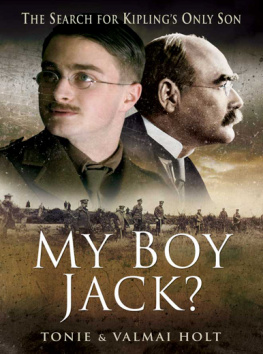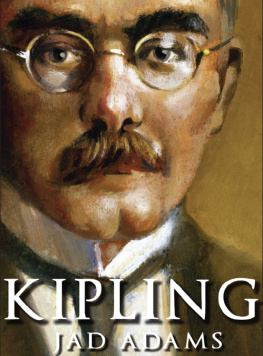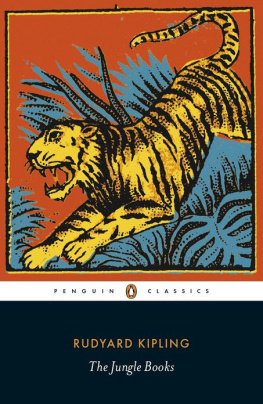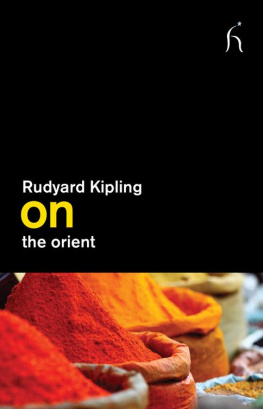MY BOY JACK?
The Search for Kiplings Only Son
by Tonie and Valmai Holt
Copyright
First published in Great Britain in 1998 by Leo Cooper
Republished in this format in 2011 by PEN & SWORD DIGITAL
Copyright Tonie and Valmai Holt, 1998, 2001, 2007, 2011
ISBN 978 184884 596 1
The right of Tonie and Valmai Holt to be identified as authors of this work has been asserted by them in accordance with the Copyright, Designs and Patents Act 1988.
A CIP catalogue record for this book is available from the British Library All rights reserved. No part of this book may be reproduced or transmitted in any form or by any means, electronic or mechanical including photocopying, recording or by any information storage and retrieval system, without permission from the Publisher in writing.
For a complete list of Pen & Sword titles please contact PEN & SWORD BOOKS LIMITED 47 Church Street, Barnsley, South Yorkshire, S70 2AS, England
E-mail:
Website: www.pen-and-sword.co.uk
Additional Info
In July 1992, 77 years after the subjects death, the Commonwealth War Graves Commission took the unusual and newsworthy action of erecting a headstone in St Marys Advanced Dressing Station CWGC Cemetery, Loos, with the caption
LIEUTENANT JOHN KIPLING IRISH GUARDS 27TH SEPTEMBER 1915 AGE 18
on a grave previously attributed to
A LIEUTENANT OF THE GREAT WAR IRISH GUARDS
Lieutenant John Kipling was hitherto and still is - commemorated on the Loos Memorial to the Missing with no known grave.
By the Same Authors
BY THE SAME AUTHORS
Picture Postcards of the Golden Age: A Collectors Guide
Till the Boys Come Home: the Picture Postcards of the First World War
The Best of Fragments from France by Capt Bruce Bairnsfather
In Search of the Better Ole: The Life, Works and Collectables of Bruce Bairnsfather, Revised edition 2001
Picture Postcard Artists: Landscapes, Animals and Characters Stanley Gibbons Postcard Catalogue: 1980, 1981, 1982, 1984, 1985, 1987
Germany Awake! The Rise of National Socialism illustrated by Contemporary Postcards
I'll be Seeing You: the Picture Postcards of World War II
Holts Battlefield Guidebooks: Normandy-Overlord/Market-Garden/Somme/Ypres
Visitors Guide to the Normandy Landing Beaches
Battlefields of the First World War: A Travellers Guide
Major & Mrs Holts Concise Guide to the Ypres Salient
Major & Mrs Holts Battle Maps: Normandy/Somme/Ypres/Gallipoli/MARKET-GARDEN
Major & Mrs Holts Battlefield Guide to the Ypres Salient + Battle Map
Major & Mrs Holts Battlefield Guide to the Normandy Landing Beaches + Battle Map
Major & Mrs Holts Battlefield Guide to Gallipoli + Battle Map
Major & Mrs Holts Battlefield Guide to MARKET-GARDEN + Battle Map
Violets From Oversea: Reprinted 1999 as Poets of the Great War
My Boy Jack: The Search for Kiplings Only Son: Revised limpback edition 2001
Major & Mrs Holts Concise, Illustrated Battlefield Guides to the Western Front - North and South
Major & Mrs Holts Pocket Battlefield Guide to Ypres & Passchendaele
Major & Mrs Holts Pocket Battlefield Guide to the Somme 1916/1918
Foreword
FOREWORD
by Michael Smith
Honorary Secretary of the Kipling Society
In 1992 the Commonwealth War Graves Commission announced that as a result of examining old documents in their archives their Records Officer had established, beyond reasonable doubt, that Lieutenant John Kiplings final resting place had been located. As a human interest story the media soon broadcast the details of the discovery to a wider public, for it was well embedded in folk consciousness that Johns grief-stricken parents had taken enormous trouble to establish the truth of their loss. Since that time there has been even more widespread coverage, including a dramatization of the events in a play by David Haig called, after Rudyard Kiplings poetic cri de coeur, My Boy Jack.
Now a really authoritative account is presented to a readership eager to find out more about the events leading up to a loss which typified the experience of millions of Britons during the fight for survival that was the First World War. Perhaps, because hardly any family was untouched by the death and destruction, many could identify with the heartbreak experienced by one who for long had been the voice of the man in the street, the one who tried to get due recognition for the soldier, to advance the cause of naval men and who was aware of the potential of an air arm in its infancy.
It would be difficult to find authors more tailor-made for so daunting a task. A search for truth among the embers which had, for decades, grown cold; with many cross-winds to disturb what was still to be found; and in which prejudice had left an impression on the motives of those closely affected. Tonie and Valmai Holt have, for many years, been recognized as having a single-minded determination to research war and the consequences of war, and to place their findings before those who needed to know the why, when and wherefore, the locations and the conditions of battles in which their closest had given their lives or their sanity or their health in the service of the Empire. They proved outstanding in doing so and now, with a fresh challenge raised in 1992, they set about the new task with the same meticulous attention to detail to sieve and to sift the facts from regimental documents and the memories, written or oral, from those closer to the action than we can ever be.
The result is as compellingly readable as one could wish and is as memorable as the best of other Kipling biographers. The Holts part of that story has never before been subjected to such an intricate appraisal or such meticulous searching. For that, those who are moved by the work of such an extraordinary Englishman, or for those whose interest might primarily be in military history, or for those who admire the indomitability of the human spirit, all must remain indebted. Having read the manuscript with growing interest, I am sure that My Boy Jack? is a major contribution to the Kipling canon and its authors deserve congratulations, both on their exceptional research and on their ability to present the results in such an attractive fashion.
Acknowledgements and Sources
ACKNOWLEDGEMENTS AND SOURCES
We have to admit to an antipathy to the traditional method of annotated footnotes which constantly force the reader to turn to the back of the book for enlightenment on sources. Instead we have indicated our references throughout the text, either in square brackets [e.g. Carrington] or by indicating letter from Carrie to her mother, Carrie to Lady Edward etc. Our main primary sources are the Kipling Papers held in the archives in the University of Sussex Library (which include Carringtons transcript of Carrie Kiplings diary and letters from and to Rudyard Kipling and his wife, children and various friends and associates); the Kipling Journal; the Kipling-Balestier-Dunham Letters (letters from Carrie and Rudyard Kipling to her American relatives) a microfilm of which is also held in the archives in Sussex; The Letters of Rudyard Kipling, edited by Professor T. Pinney; the Cecil-Maxse MSS, held at the Bodleian Library (letters from Carrie Kipling to Lady Edward, wife of Lord Edward Cecil, and various documents pertaining to the deaths of George Cecil and John Kipling); the archives of the Commonwealth War Graves Commission; the archives of the Irish Guards at Wellington Barracks, Bird Cage Walk; the John Kipling file released to the public by the Public Record Office in February 1998. We wish to thank the CWGC, the Irish Guards, the P.R.O. and the National Trust for Places of Historic Interest or Natural Beauty, for permission to quote from his letters and from his work. Other sources are listed in the select bibliography at the end of the book.
Next page









